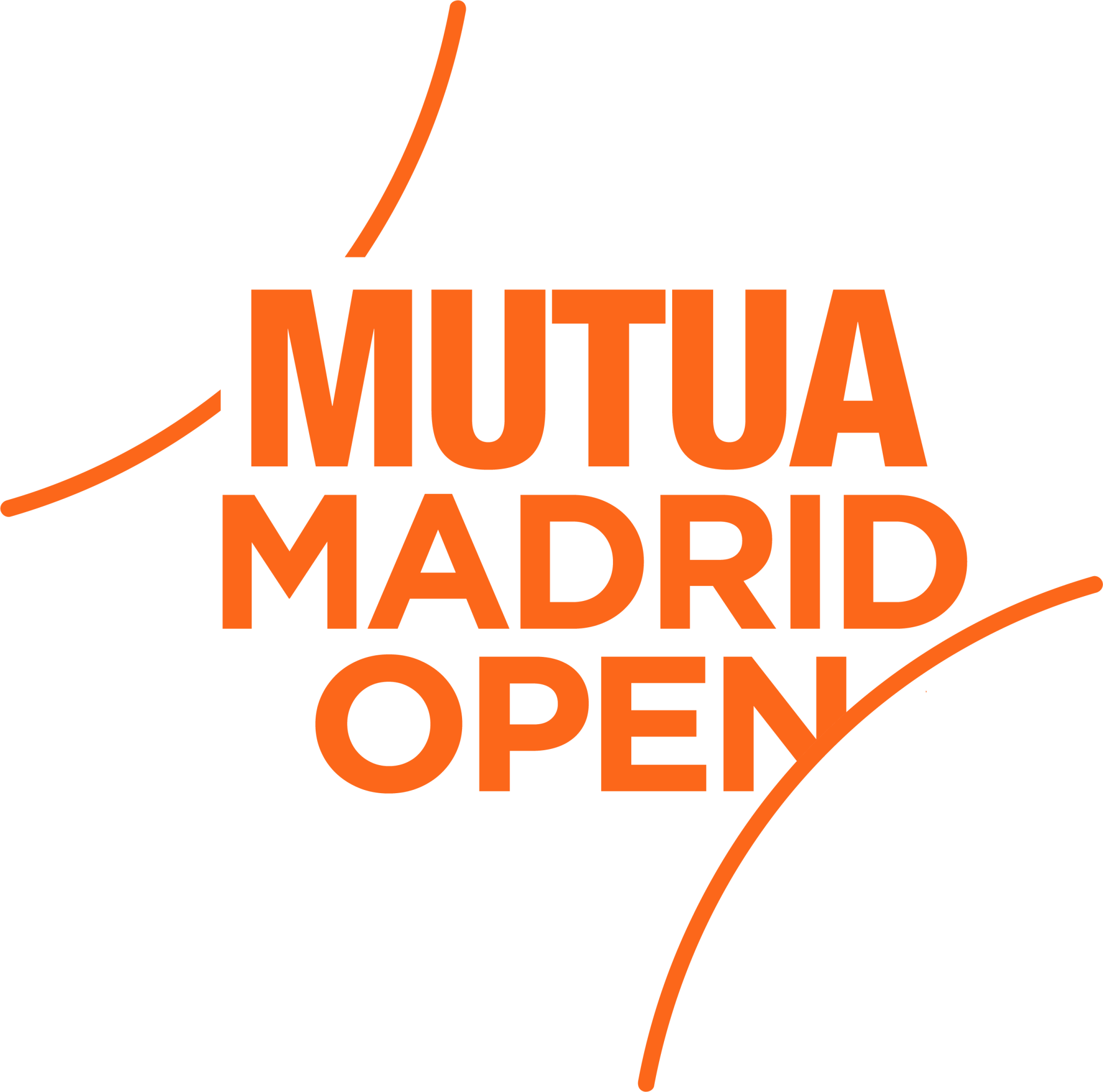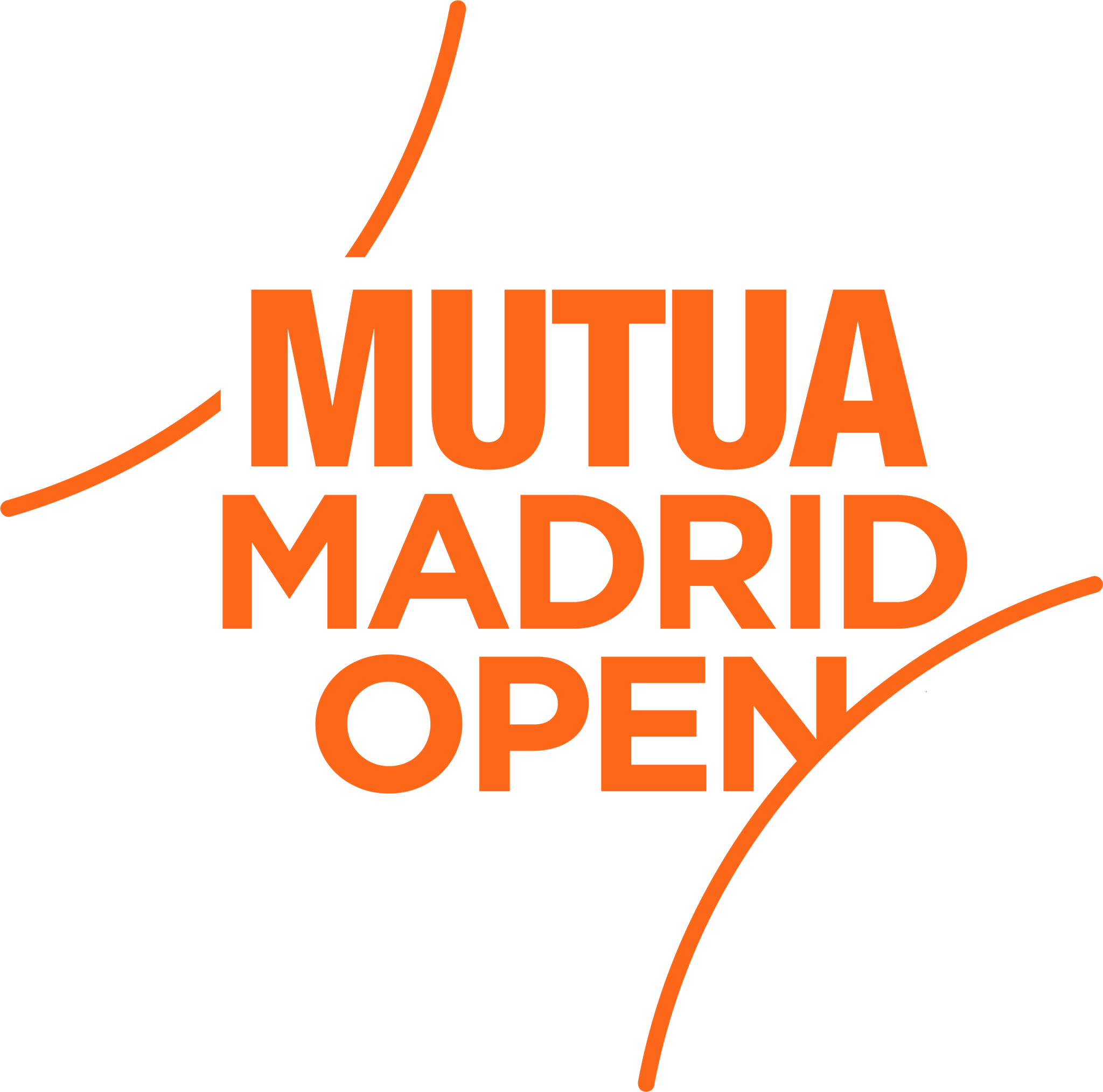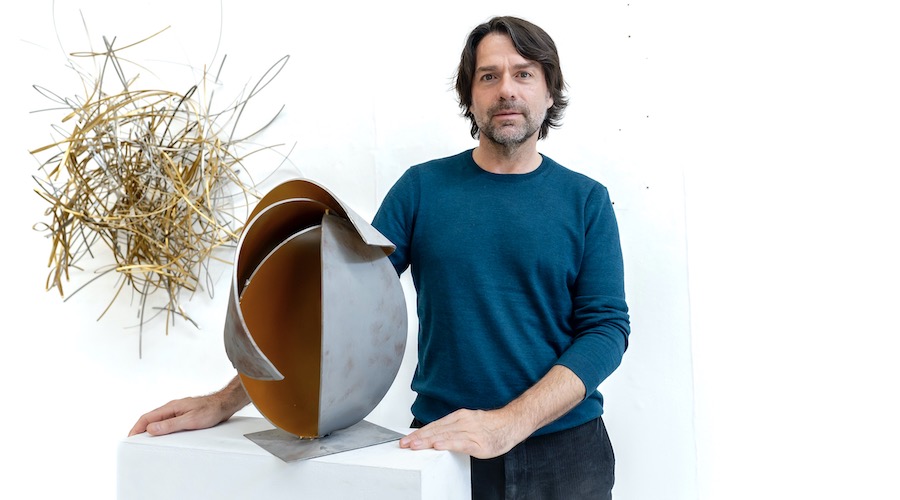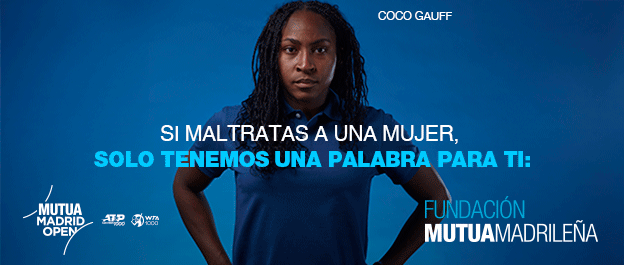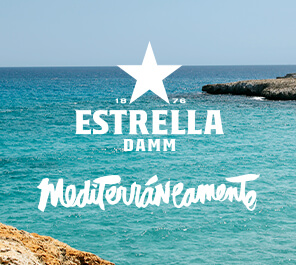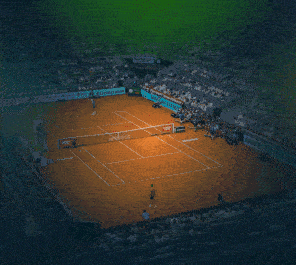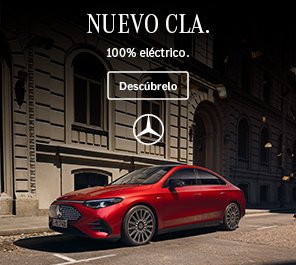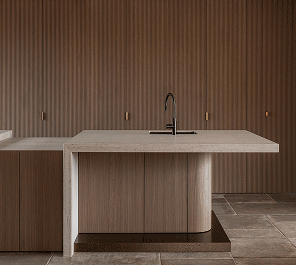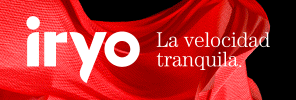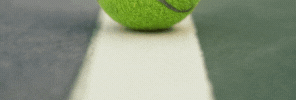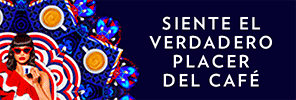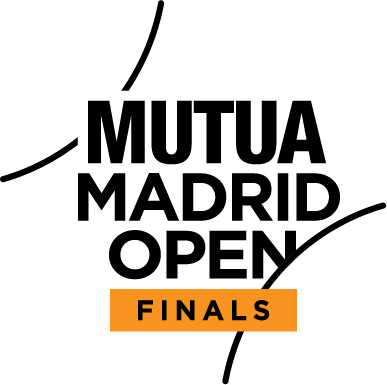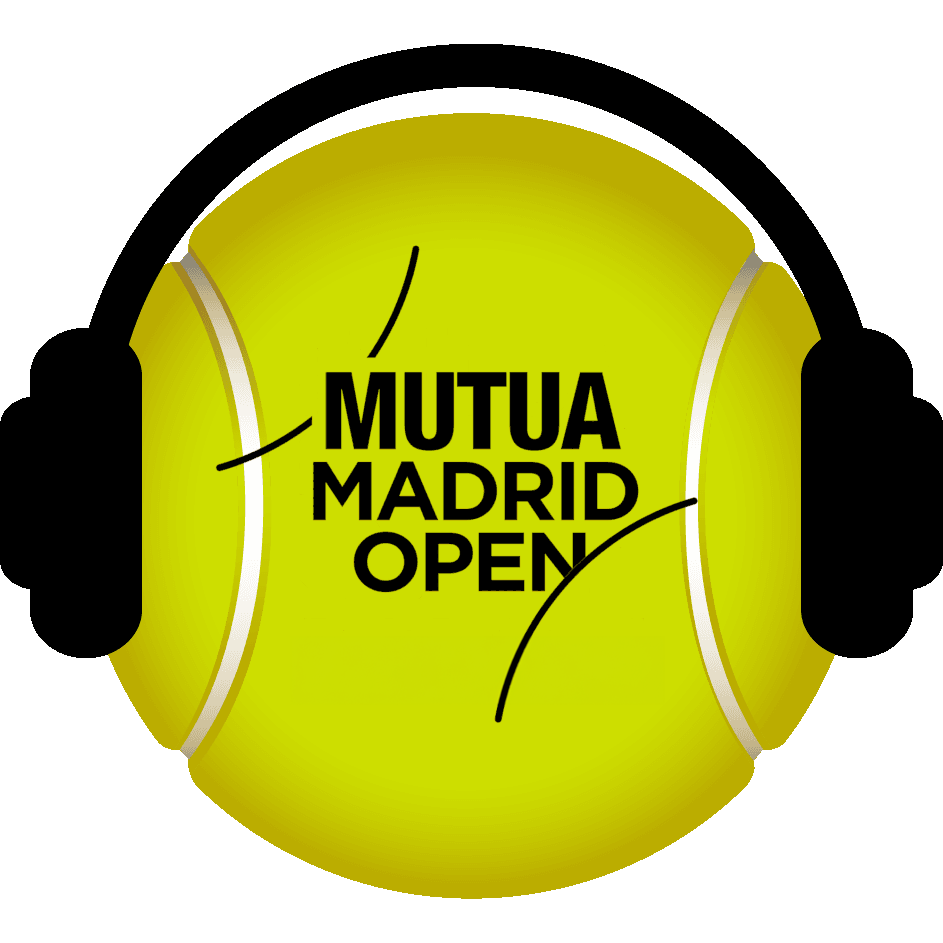What follows is a conversation with David Rodríguez, the Mutua Madrid Open’s sculptor and the man behind the Caja Mágica’s most coveted prize, which will now be redesigned every year. The artist talks to us about Agón, this season’s version of the trophy, which the champion will be lifting to the sky on May 7 in the Manolo Santana Stadium.
Question. What were the reactions to the trophy last year?
David Rodríguez. It was very well received. It turned out to be a great, magical experience, because for me it was all new. I had experience with the medals for the Basketball Federation at the World Championships, but it was a very exciting competition and for me, above all, it allowed me to discover a lot of new things.
People really liked the trophy, but this year it is changing…
DR. Indeed, people really liked the trophy. It was a success. It worked really well formally and in terms of content. But, talking to the organisation, we decided to create an art collection, so that the prize not only has economic value for the winner, but we are also giving away art to bring together the true essences of art and sport. And the tournament can create a collection of different sculptures with a concept that changes every year.
How do you go about creating a project like this?
DR. First comes the research. Then it starts to take shape in the form of drawings, then in the form of a working material until, in some way, it starts to become an image or a model, which in turn undergoes changes and becomes a sculpture.
What was the focus this year?
DR. On a formal level, I started with the theme of the oval because I think that’s the tool of a tennis player. It’s the only tool they have to come through all the battles, the defences and the attacks. And it’s like an extension of the tennis player’s body. In my plastic work, I developed the sculpture with two actions: one action is linear, which is folding, as you can see in last year’s trophy, and the other is with the cup, the curve of the plane.
Is Agón the final title?
DR. Yes, it’s called Agón: it means ‘competition’. It represents competitiveness between two people under the code of honour that was used in classical Greece for sport and competitions. It was used in sport, but also in public speaking, justice and civilian life.
Of those new things you discovered, what caught your attention the most?
DR. The spectacle of the competition. Above all, the concept, or term, of luck, which until then for me was a kind of chance thing that found you and changed you or redirected you to a positive end or goal. But I realised that in tennis, and in sports, generally that luck does not exist.
What other things do art and sport have in common?
DR. I see a lot of parallels between elite athletes and elite artists. The constant work, a permanent dissatisfaction. That whole area of the working process that we go through in a studio, the athlete does on the tennis court. It’s a kind of illness, the need for improvement and excellence. Also the stage. The match, you can win it or lose it on the finer details. And the same happens with exhibitions. There’s a stage where you see all your work, but then there are tiny details that are essential for you.
Then, above all, that passion and that lifestyle. Also on a mental level. They are disciplines that require a lot of concentration and that’s not just about the performance. You have to be very receptive and awake in order to absorb and have the capacity to react. It’s the same for an artist. When you’re working, suddenly one small detail can be the key to turn your work around and develop it into a different kind of piece or a specific piece. There are a lot of parallels.
What’s the main thing you would like to evoke when people see the trophy this year?
DR. I would like people to like the trophy, to understand it. I’ve started with the oval of the racket to construct it and to allude to a circle, the sphere of the ball, because it’s the thing that records the point, in a way, through the tool of the racket, and everything is contained there, translating it into the language I use in my sculptures. They allude to the circle this year and to the sphere, which is the tridimensionality of the circle, which is the most perfect shape there is. It has been with us through every civilisation. It means perfection.
In the end, that’s what we artists and sportsmen are constantly pursuing but never achieve. Evidently, this is not a perfect ball, but it does allude to that. Of course, in some way, the circle and the sphere are common elements in all cultures, so they represent a very universal language.
Are any features of the Caja Mágica reflected in the trophy?
DR. Yes, indeed. The material is steel, I work with different alloys: brass, aluminium, bronze, copper, etc. But I also work with steel, stainless steel, which is the leading material, which is present in the architecture of the Caja Mágica. And apart from the fact that I think the building is a marvel, a stroke of genius, I want to use that material so that it has coherence and is in keeping with the architecture.
Last year, the sculpture itself, at the top of the folded oval, included the colour of the clay. But this year the colour won’t be paint, it will be clay. So, it will also go inside the trophy. All the interior faces of the piece will be finished with clay, such that the trophy itself contains a part of the stage where this tournament takes place, which is the clay.
What are the technical specifications of the trophy?
DR. It’s going to be a sculpture in stainless steel, which is the same material that was used last year. It’s going to use clay instead of paint, we’re now doing tests so that part of that is very real. It will be a little shorter, but the rest will be the same. A more voluminous trophy, but a little smaller. It will transmit something different.
What concepts did you decide to change from last year?
DR. Basically, I wanted to work through the curve, the sphere. To also allude to the ball. And I thought the Agón concept of competition was interesting, but under the concept of honour and clean play. Agon is a Greek god who personified victory, and with Zeus they would decide on the athletes and hand out the awards. I’ve tried to do something different to last year, because the idea is to do a different sculpture every year, with a different concept, to make a collection of art. In this case I was interested in talking about the sphere or the ball to also allude to a more perfect element: the sphere or circle, which is in all cultures and signifies perfection.
How does it make you feel when you see athletes biting the trophy?
DR. On the one hand, as a spectator, I love it, because it’s like having a baby and that baby being successful. It was also hard for me. Above all, I found it hard because of the champagne and liquids they pour on it, because they’re not good for conserving objects. But the stage is so beautiful and spectacular that you also forget about all that and enjoy it as just another spectator. It’s really great to see that one of your sculptures represents triumph, victory. Also, I think what Mutua is doing by giving them as prizes is really interesting.
Who can you see lifting the next trophy at the Mutua Madrid Open?
DR. I think one of the favourites now is Carlos Alcaraz. I would like the best to claim it, whoever plays best and whoever deserves it most. But, of course, I’d have to say the Spaniards are my favourites.
Does it bother you that Roger Federer is no longer playing? You’ve always said he’s the most aesthetically pleasing and elegant player.
DR. Yes, last year you asked me if Federer to me is like Matisse. It’s true that he is a person with whom, in some way, you get a tennis dance, he’s different to the rest. The way he moves, the way he plays… He’s one of the greats, and he’s unique, because I don’t think there are other tennis players with his style.
You compared Nadal with Anthony Caro. Who would Carlos Alcaraz be?
DR. He’s similar, or someone who transmits very similar things to Rafa Nadal. If I have to make parallels with other artists, he would also be a sculptor, perhaps William Tucker. Quite a solid type of sculpture, but also kind of slender. He would be a sculptural work.
